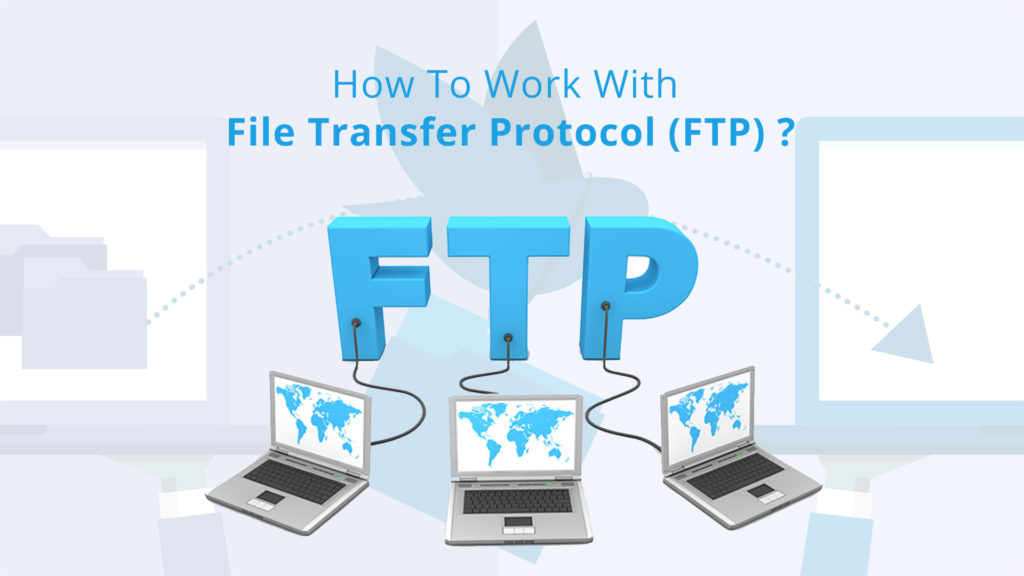With the technological advancements that have taken place across various industries, the world of transportation has seen some of the most significant changes.
One example is the introduction of intelligent transportation systems in transit agencies across the globe.
But how is this evolving transport for operators, and why is it important?
Read on to learn how these systems have elevated the way transport operators run their services today.
What are intelligent transportation systems and how do they work?
Intelligent transportation systems (ITS) are expert solutions that provide your transit agency with crucial data and insights, to help improve how you run your services.
These solutions can cover a wide range of components and processes that exist in your operations, and they can analyze and manipulate data to produce meaningful insights.
For example, this can include data such as real-time vehicle monitoring, real-time passenger information, and more.
The systems will extract data from your services which can then be used to improve your transport efficiency.
The data can be monitored as various factors in your services change – such as the positions of your vehicles, traffic conditions, and so on.
How have ITS evolved aspects of transit agencies?
Since the introduction of ITS by many operators, they have evolved many processes and aspects of transport – and they can for your transit agency too. This includes:
- Increased visibility for vehicle routes and schedules
With traditional systems in place for operators, there was limited visibility for active services, and any changes were recognized less promptly.
For example, drivers would need to contact control rooms to keep them informed of their positions within their route and make them aware of any changes in the journey – such as significant traffic, diversions, etc.
With ITS such as real-time vehicle monitoring, operators can now have an automated system that tracks vehicle location, as well as various factors which could impact this.
The systems will measure things like vehicle location and schedule adherence (e.g. how many minutes behind schedule the vehicle is) to determine how long a vehicle will be traveling before it reaches the next stop.
This gives more accuracy for operators since they have a complete overview of where their vehicles are at all times, which is constantly aligned with external changes in the journeys.
- Faster identification and resolution of problems
ITS have also provided a more efficient way for operators to identify any issues or disruptions, and find a fast solution for them.
For instance, drivers could easily run into severe traffic on their routes, which disrupts the journey for both them and their riders. Also, vehicles could suffer mechanical issues and break down, and the driver would need to alert the control room and wait for a solution.
With ITS, drivers can be notified more promptly if there’s a likelihood of traffic or delays on a certain route. The systems can then find a more suitable route for the driver, so the journey remains smooth and efficient for all.
Also, these systems can identify a breakdown much faster, and allow operators to send help or a replacement quickly, further reducing the delay on the journey.
- Accurate information for passengers
With ITS, operators are now able to provide their riders with real-time passenger information and keep them well-informed on their journeys.
Often, transport services would have regular schedules and times to follow, but these set times would not always be followed if situations like traffic arise – leaving riders with inaccurate information on when the vehicles will arrive.
Using ITS, operators can place displays on streets, platforms, and vehicles that show passengers the expected arrival times of vehicles at their stops. If other factors affect this time, the systems will automatically correct this on the digital displays for the riders.
This gives riders the most accurate idea of how long their journeys will take, and when their transport will arrive. As a result, they can tailor their journeys around this information more effectively, without worrying about missing vehicles or waiting at a stop for too long.
ITS are the next step in modern transport, and by applying these expert solutions to your transit agency, you too can reap the many benefits they bring.

